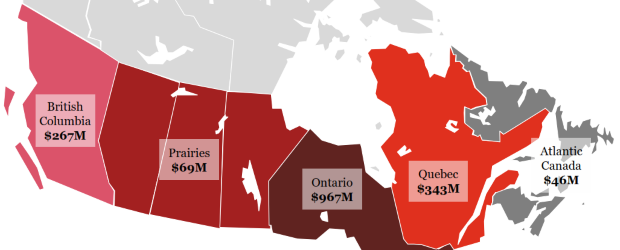TORONTO — Over the last several years, there’s been an increasing overlap between what was traditionally seen as memory and traditionally seen as storage, as well as the increasing use of persistent memory.
Last week’s Persistent Memory Summit in San Jose, organized by the Storage Networking Industry Association (SNIA) as part of its Solid State Storage Initiative (SSSI), included a presentation by Steve Pawlowski, vice president of advance computing solutions at Micron, outlining how computing architectures must change to get the right data to the processor efficiently and how persistent memory such as NVDIMMs can play a role.
EE Times spoke to Pawlowski following his SNIA keynote on why new computing architectures must support current software applications, the current roadmap for NV-DIMMs, and what might be the non-volatile memory of choice down the road.
Read my full Q+A on EE Times.









